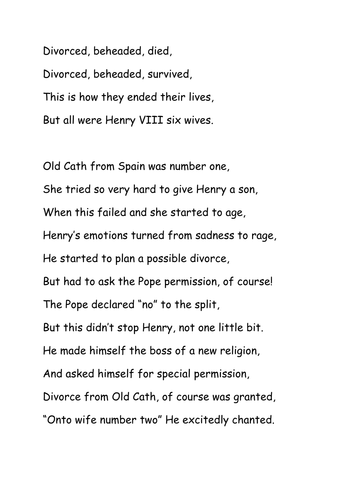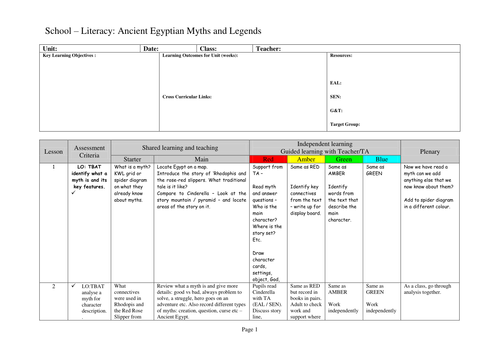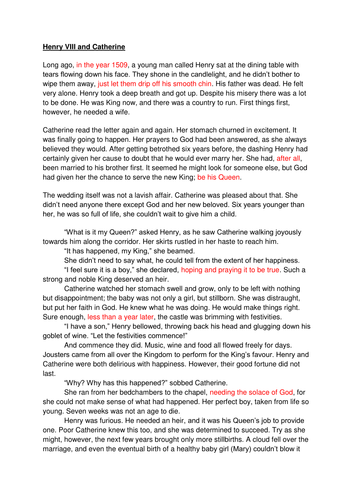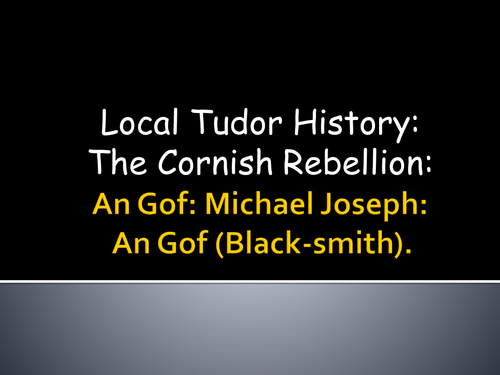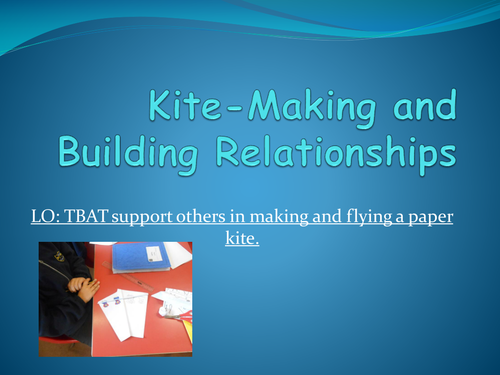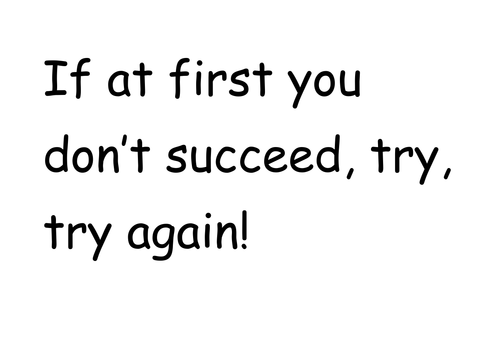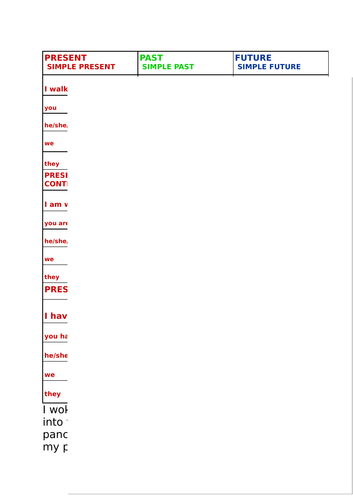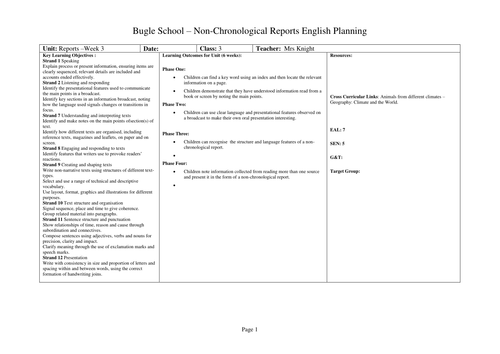Lauraknight's Shop
After 15 years of primary teaching, I decided to 'hop' out and supply, in order to maintain a 'work / life' balance with three small boys to look after and one big one (husband). I have decided to circulate some exciting and creative units of work, of which I planned, completed, refined and shared many times over successfully in my primary school setting.


